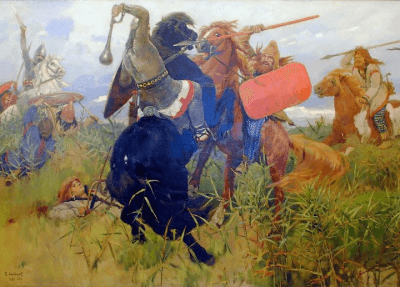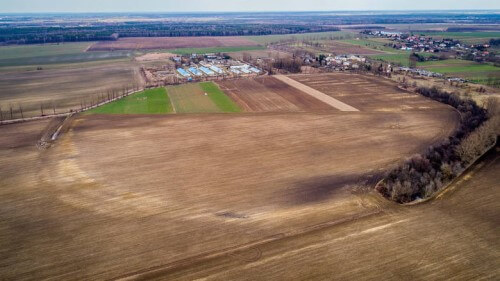Scythian village discovered in soutHern Poland

In Chotyniec in Poland a Scythian village has been discovered. It has been dated to around 7th-5th century BCE.
Greek amphoras for wine have been unearthed there.
The Scythians first appeared in the historical record in the 8th century BC as four old ethnic names: Scythian; Skudra; Sogdian; Saka.
Herodotus provides the first detailed description of the Scythians. He classes the Cimmerians as a distinct autochthonous tribe, expelled by the Scythians from the Northern Black Sea coast. Herodotus also states that the Scythians consisted of the Auchatae, Catiaroi, Traspians, and Paralatae or "Royal Scythians".
In 512 BC, when King Darius the Great of Persia attacked the Scythians, he allegedly penetrated into their land after crossing the Danube. Herodotus relates that the nomadic Scythians frustrated the Persian army by letting it march through the entire country without an engagement. According to Herodotus, Darius in this manner came as far as the Volga River.
Photos below by Krzysztof Kapica and Nowiny24.



